A 2.8 W Single-Frequency Laser Output at 1064 nm from a Gradient-Doped Composite Ceramic Non-Planar Ring Oscillator
Abstract
:1. Introduction
2. Design of Gradient-Doped Ceramic NPRO
3. Experiment Setup and Results
4. Discussion
5. Conclusions
Author Contributions
Funding
Institutional Review Board Statement
Informed Consent Statement
Data Availability Statement
Conflicts of Interest
References
- Willke, B.; Danzmann, K.; Fallnich, C.; Frede, M.; Heurs, M.; King, P.; Kracht, D.; Kwee, P.; Savage, R.; Seifert, F. Stabilized high power laser for advanced gravitational wave detectors. J. Phys. Conf. Ser. 2006, 32, 270. [Google Scholar] [CrossRef]
- Hall, J.L.; Ye, J.; Diddams, S.A.; Ma, L.-S.; Cundiff, S.T.; Jones, D.J. Ultrasensitive spectroscopy, the ultrastable lasers, the ultrafast lasers, and the seriously nonlinear fiber: A new alliance for physics and metrology. IEEE J. Quantum Electron. 2001, 37, 1482–1492. [Google Scholar] [CrossRef]
- Junker, J.; Oppermann, P.; Willke, B. Shot-noise-limited laser power stabilization for the AEI 10 m Prototype interferometer. Opt. Lett. 2017, 42, 755–758. [Google Scholar] [CrossRef] [PubMed]
- Cattoni, F.; Ferrante, L.; Mandile, S.; Tetè, G.; Polizzi, E.M.; Gastaldi, G. Comparison of Lasers and Desensitizing Agents in Dentinal Hypersensitivity Therapy. Dent. J. 2023, 11, 63. [Google Scholar] [CrossRef] [PubMed]
- Kane, T.J.; Nilsson, A.C.; Byer, R.L. Frequency stability and offset locking of a laser-diode-pumped Nd: YAG monolithic nonplanar ring oscillator. Opt. Lett. 1987, 12, 175–177. [Google Scholar] [CrossRef] [PubMed]
- Deng, W.; Yang, T.; Cao, J.; Zang, E.; Li, L.; Chen, L.; Fang, Z. High-efficiency 1064 nm nonplanar ring oscillator Nd: YAG laser with diode pumping at 885 nm. Opt. Lett. 2018, 43, 1562–1565. [Google Scholar] [CrossRef] [PubMed]
- Freitag, I.; Tünnermann, A.; Welling, H. Power scaling of diode-pumped monolithic Nd: YAG lasers to output powers of several watts. Opt. Commun. 1995, 115, 511–515. [Google Scholar] [CrossRef]
- Zimer, H.; Wittrock, U. 1.6 W of single-mode output power from a novel power-scaling scheme for monolithic nonplanar ring lasers. Opt. Lett. 2004, 29, 1635–1637. [Google Scholar] [CrossRef] [PubMed]
- Wilhelm, R.; Frede, M.; Kracht, D. Power scaling of end-pumped solid-state rod lasers by longitudinal dopant concentration gradients. IEEE J. Quantum Electron. 2008, 44, 232–244. [Google Scholar] [CrossRef]
- Cheng, T.; Dou, R.; Zhang, Q.; Jiang, H. Superior performance of a 2 kHz pulse Nd: YAG laser based on a gradient-doped crystal. Photonics Res. 2021, 9, 1191–1196. [Google Scholar] [CrossRef]
- Ikesue, A.; Aung, Y.L. Ceramic laser materials. Nat. Photonics 2008, 2, 721–727. [Google Scholar] [CrossRef]
- Li, M.; Hu, H.; Gao, Q.; Wang, J.; Zhang, J.; Wu, Y.; Zhou, T.; Xu, L.; Tang, C.; Zhao, N. A 7.08-kW YAG/Nd: YAG/YAG composite ceramic slab laser with dual concentration doping. IEEE Photonics J. 2017, 9, 1–10. [Google Scholar] [CrossRef]
- Ter-Gabrielyan, N.; Merkle, L.; Kupp, E.; Messing, G.; Dubinskii, M. Efficient resonantly pumped tape cast composite ceramic Er: YAG laser at 1645 nm. Opt. Lett. 2010, 35, 922–924. [Google Scholar] [CrossRef] [PubMed]
- Nilsson, A.C.; Gustafson, E.K.; Byer, R.L. Eigenpolarization theory of monolithic nonplanar ring oscillators. IEEE J. Quantum Electron. 1989, 25, 767–790. [Google Scholar] [CrossRef]
- Gao, C.; Gao, M.; Zhang, Y.; Lin, Z.; Zhu, L. Stable single-frequency output at 2.01 μm from a diode-pumped monolithic double diffusion-bonded Tm: YAG nonplanar ring oscillator at room temperature. Opt. Lett. 2009, 34, 3029–3031. [Google Scholar] [CrossRef] [PubMed]
- Chen, D.; Fincher, C.; Hinkley, D.; Chodzko, R.; Rose, T.; Fields, R. Semimonolithic Nd: YAG ring resonator for generating cw single-frequency output at 1.06 μm. Opt. Lett. 1995, 20, 1283–1285. [Google Scholar] [CrossRef] [PubMed]
- Martin, K.; Clarkson, W.; Hanna, D. Limitations imposed by spatial hole burning on the single-frequency performance of unidirectional ring lasers. Opt. Commun. 1996, 125, 359–368. [Google Scholar] [CrossRef]
- Shen, J.; Baesso, M.L.; Snook, R.D. Three-dimensional model for cw laser-induced mode-mismatched dual-beam thermal lens spectrometry and time-resolved measurements of thin-film samples. J. Appl. Phys. 1994, 75, 3738–3748. [Google Scholar] [CrossRef]
- Innocenzi, M.; Yura, H.; Fincher, C.; Fields, R. Thermal modeling of continuous-wave end-pumped solid-state lasers. Appl. Phys. Lett. 1990, 56, 1831–1833. [Google Scholar] [CrossRef]
- Siegman, A.E. Lasers; University Science Books: Sausalito, CA, USA, 1986; pp. 954–971. ISBN 0-935702-11-3. [Google Scholar]
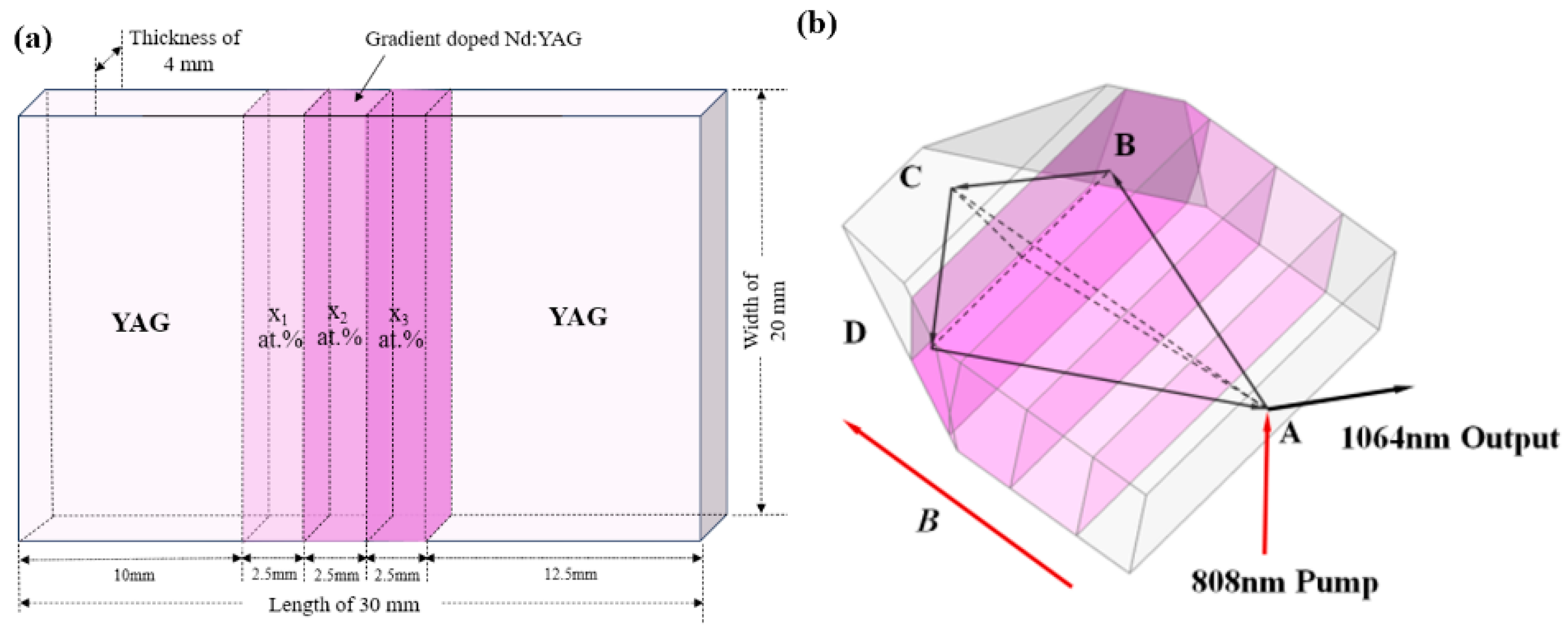
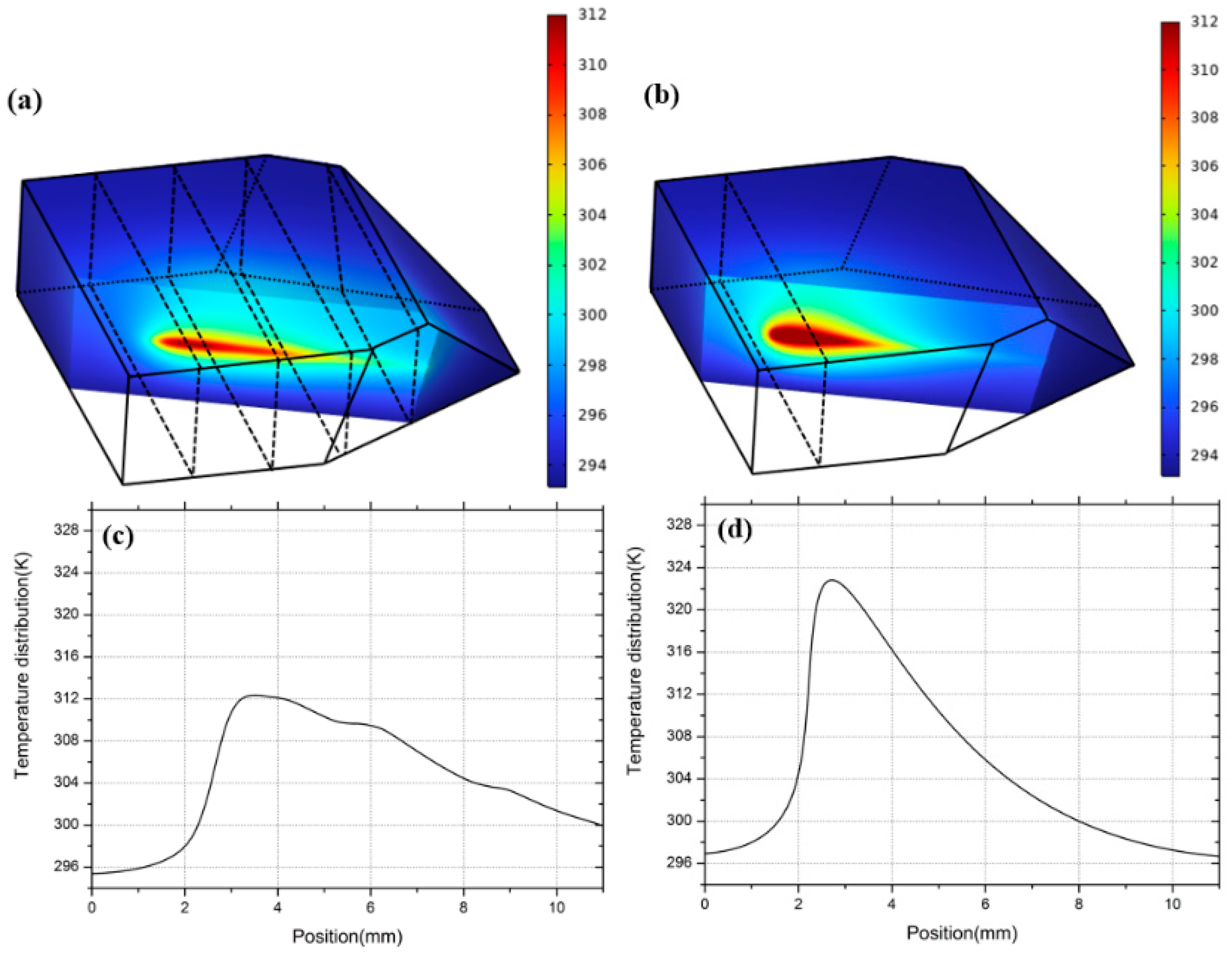

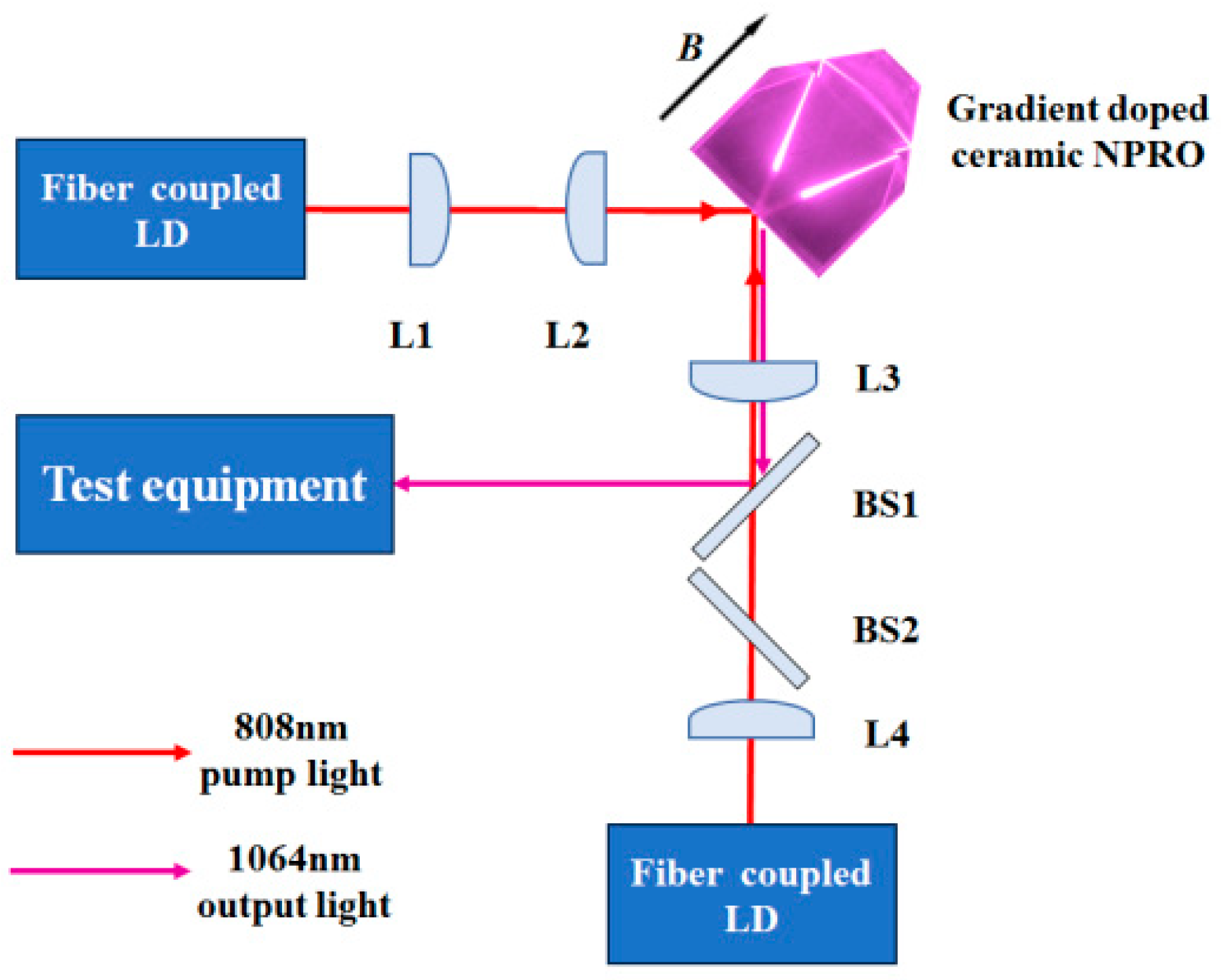
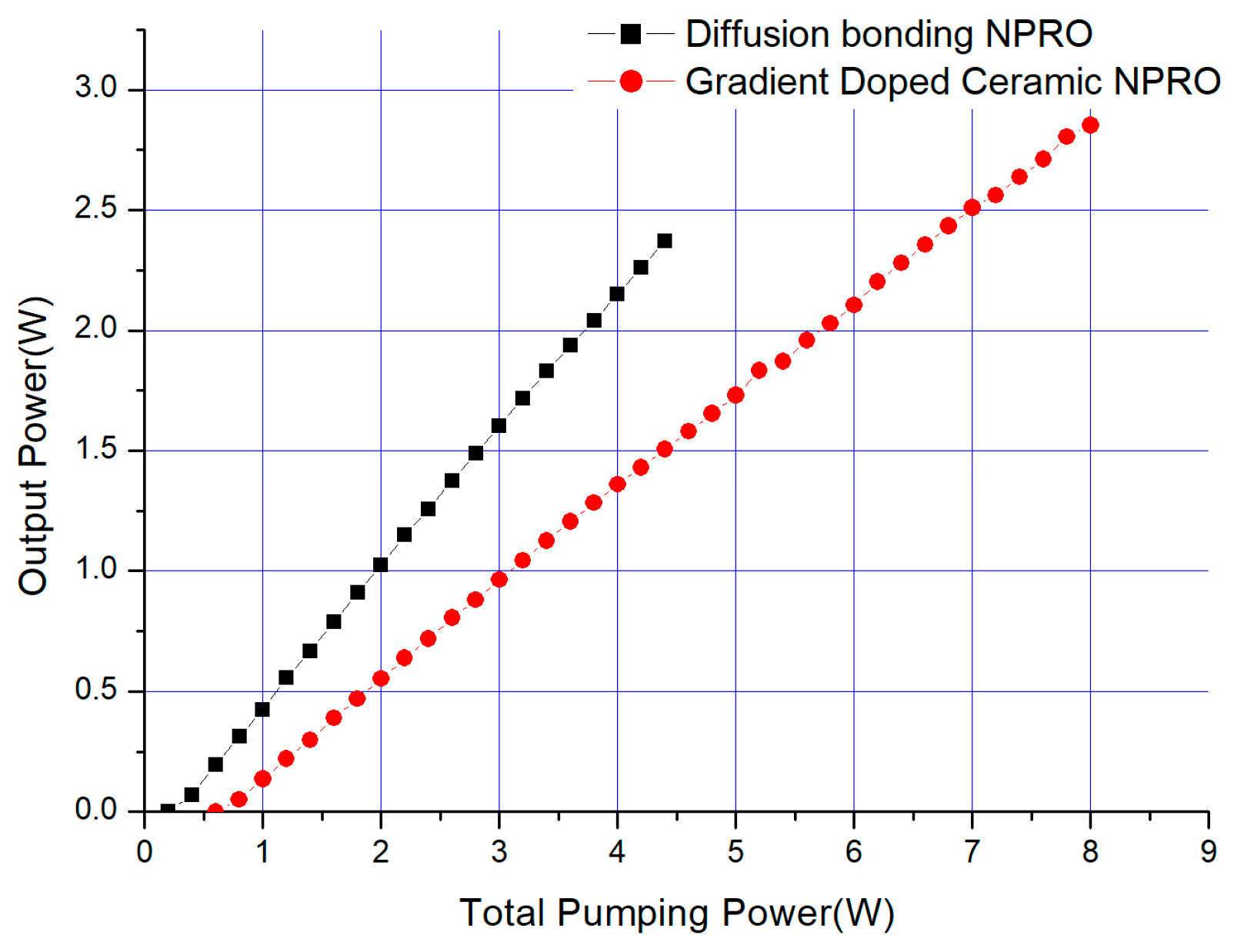
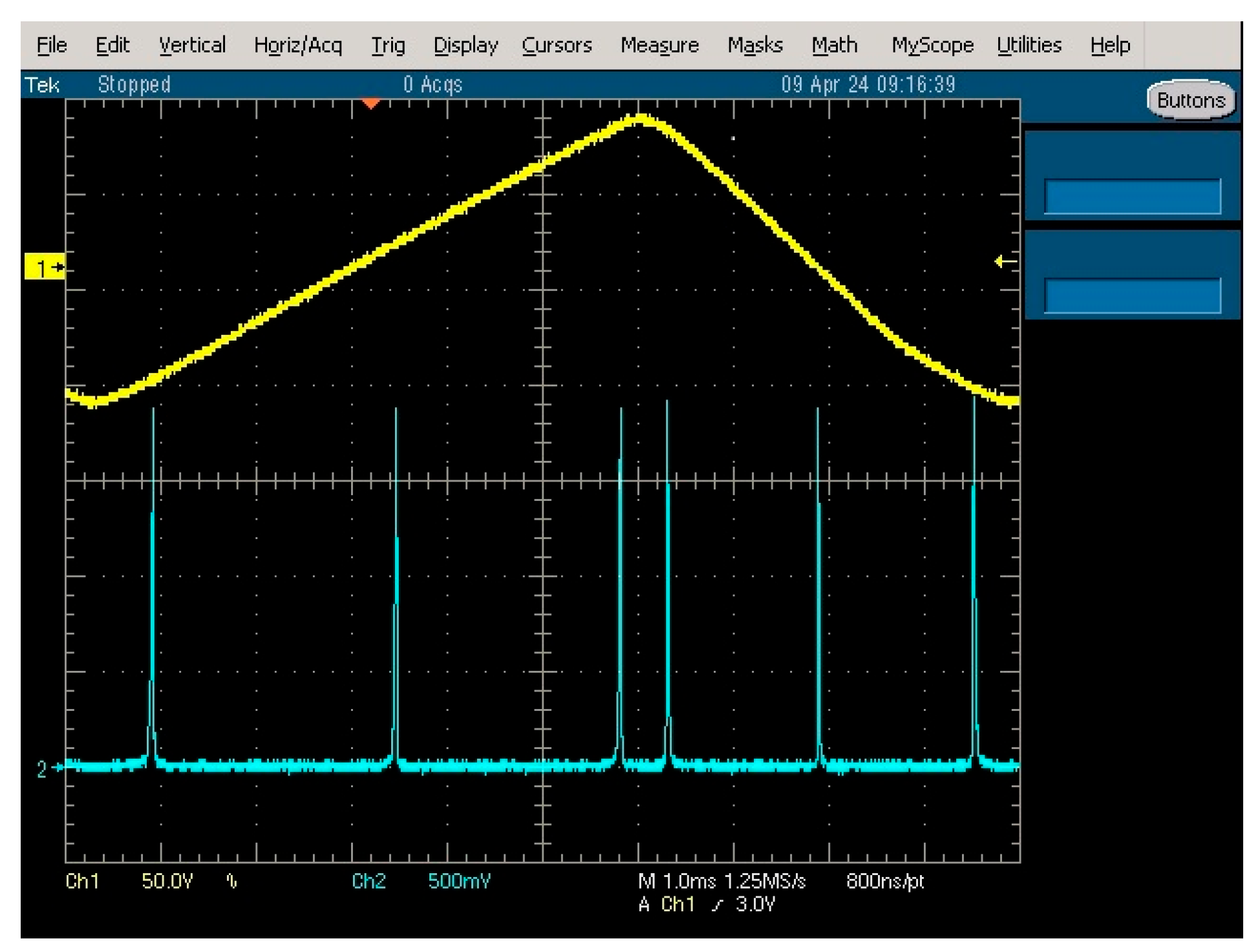
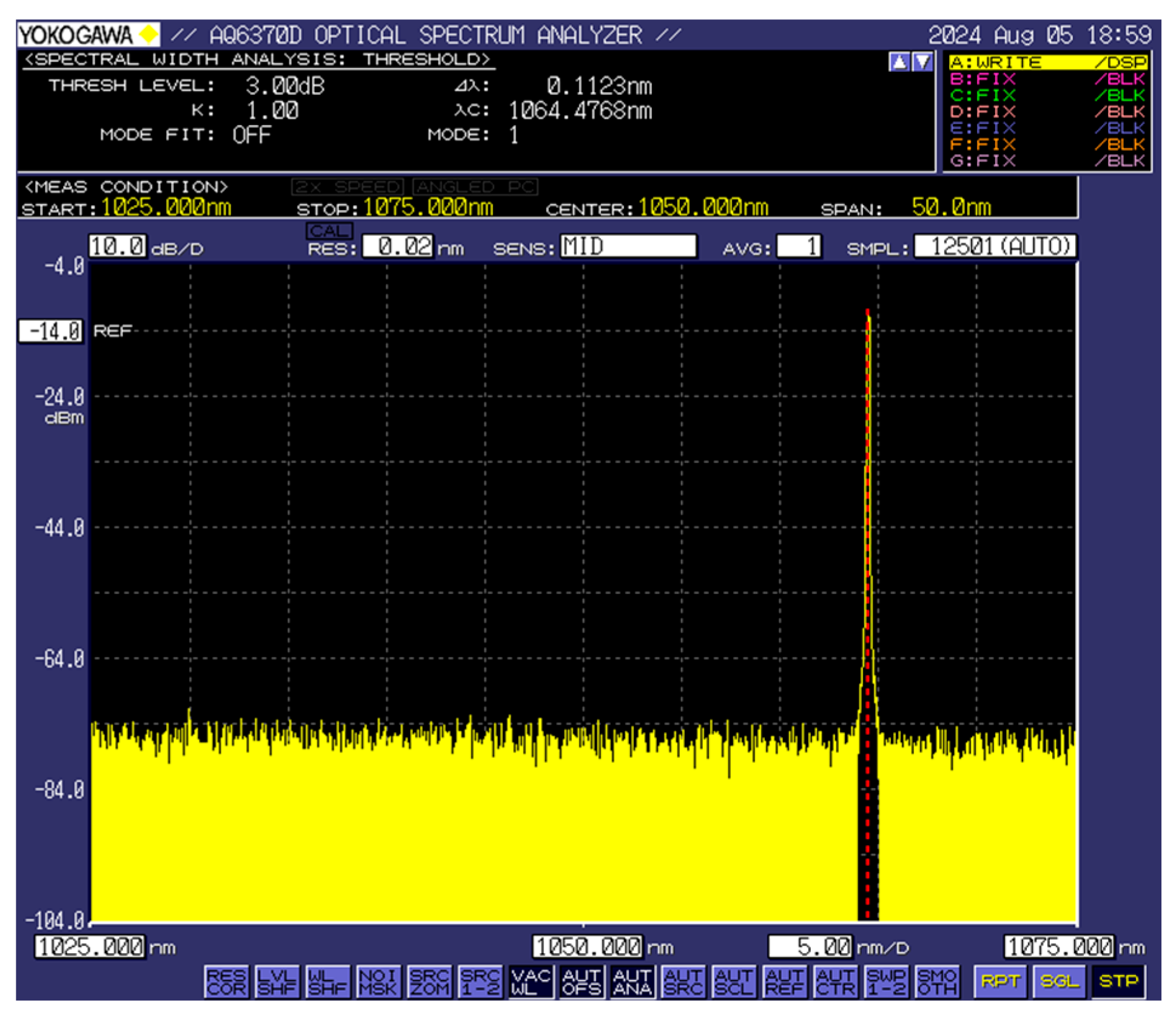
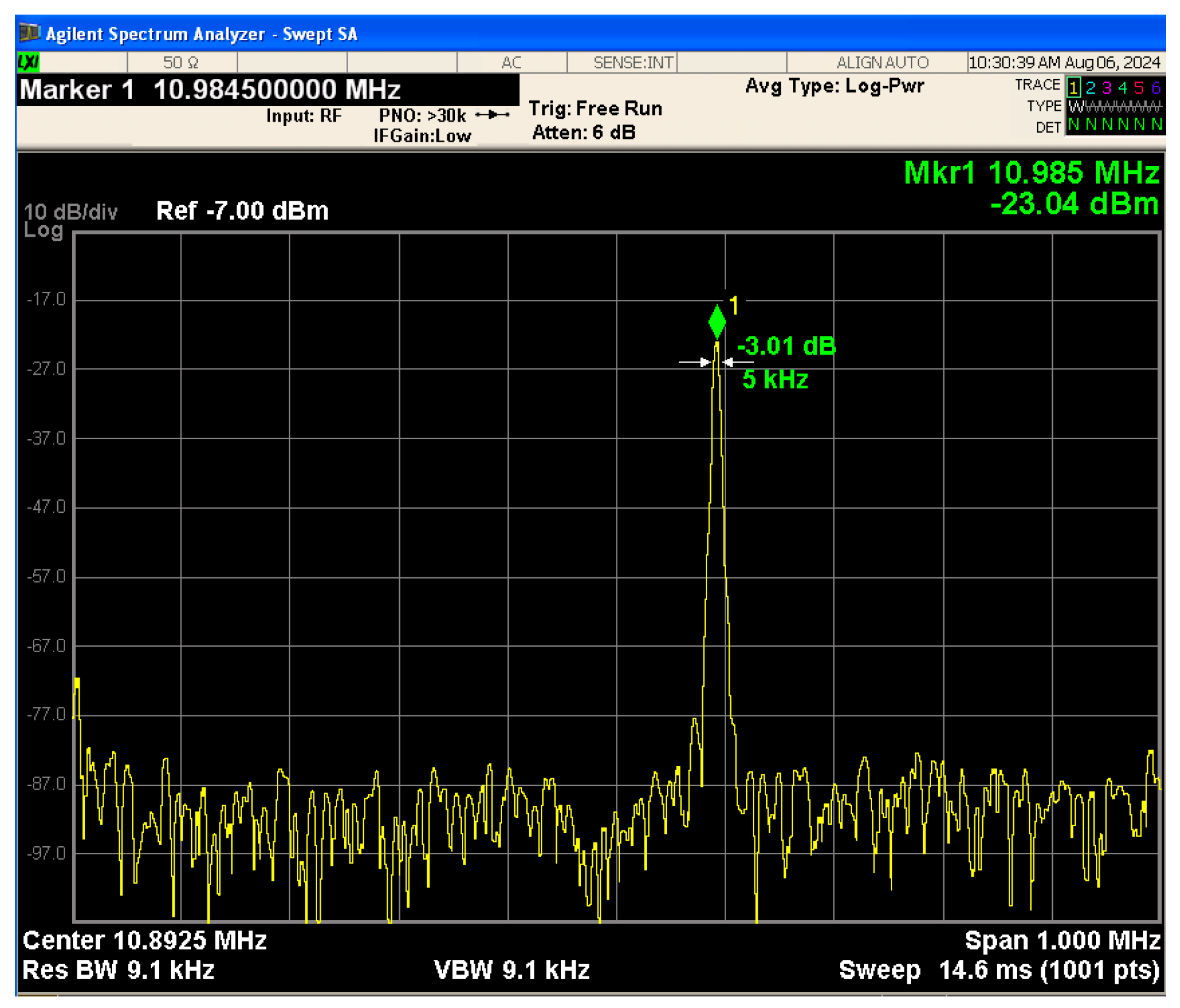
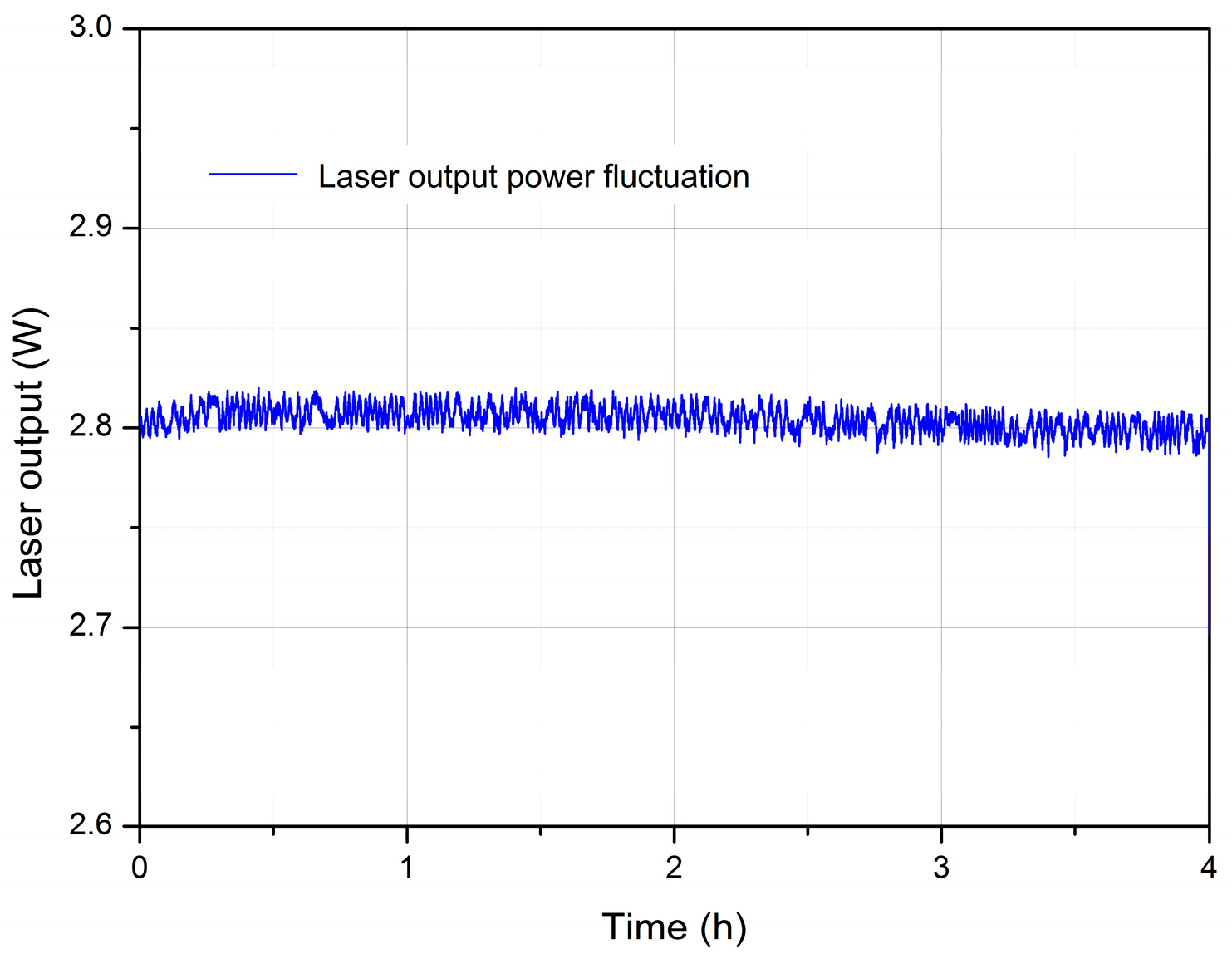
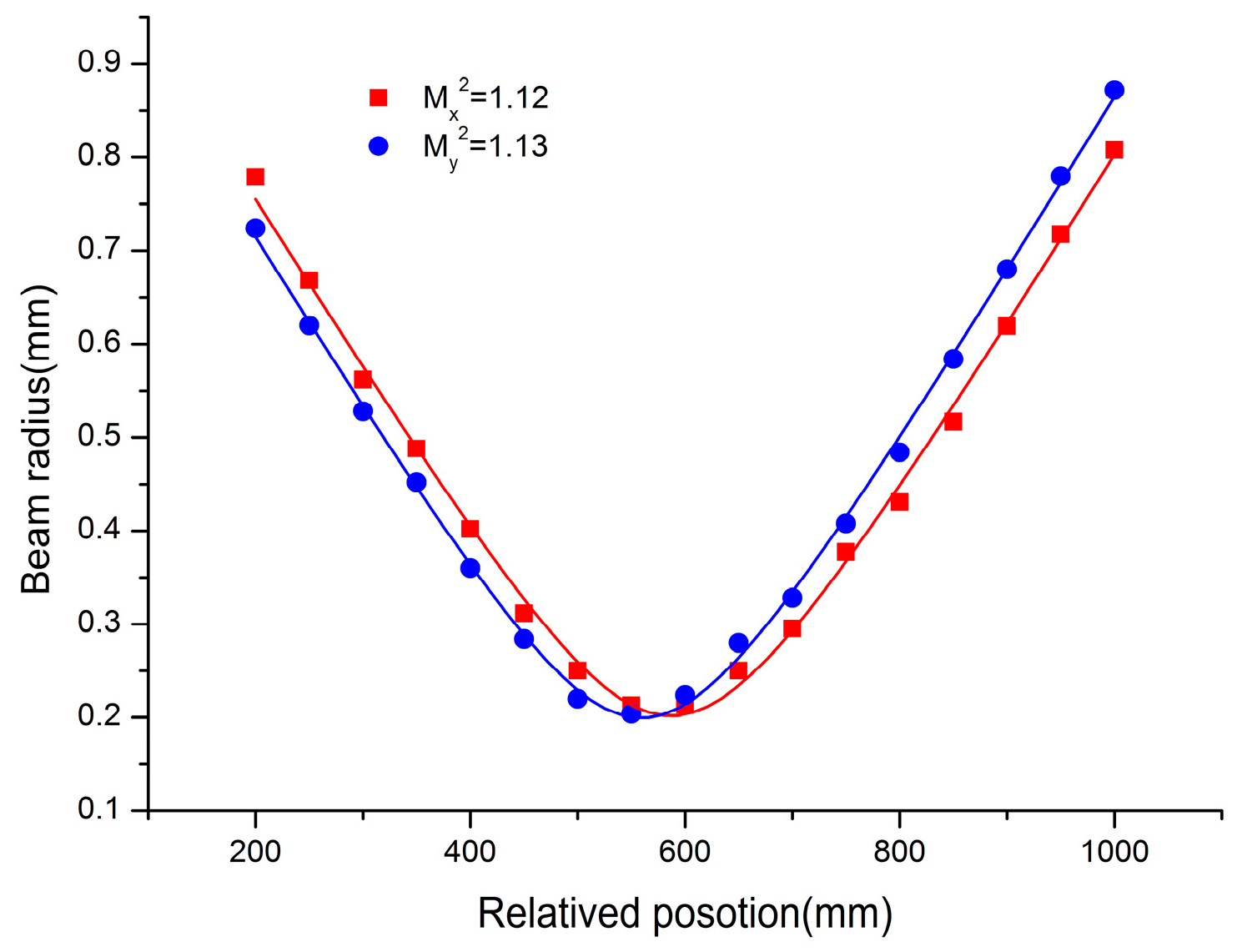
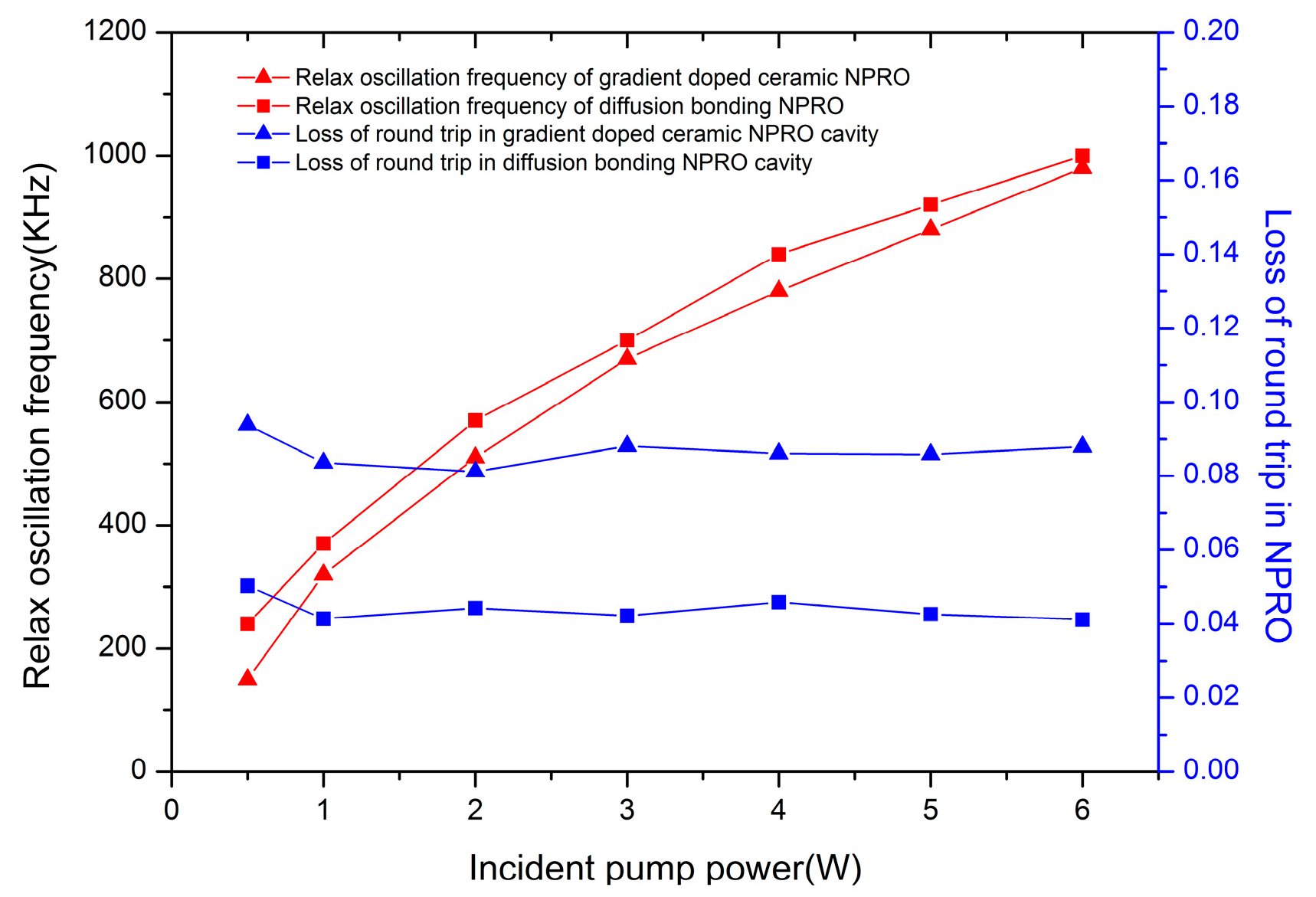
| Symbol | Parameter | Value |
|---|---|---|
| n | Index of refraction of YAG ceramic @1064 nm | 1.82 |
| l | Round-trip length of NPRO cavity | 30.6 mm |
| Upper-state lifetime of Nd: YAG | 230 μs | |
| T | Transmission of the output coupler | 2% |
| Threshold pump power of gradient-doped NPRO | 0.7 W |
Disclaimer/Publisher’s Note: The statements, opinions and data contained in all publications are solely those of the individual author(s) and contributor(s) and not of MDPI and/or the editor(s). MDPI and/or the editor(s) disclaim responsibility for any injury to people or property resulting from any ideas, methods, instructions or products referred to in the content. |
© 2024 by the authors. Licensee MDPI, Basel, Switzerland. This article is an open access article distributed under the terms and conditions of the Creative Commons Attribution (CC BY) license (https://creativecommons.org/licenses/by/4.0/).
Share and Cite
Gao, M.; Ding, Y.; Wang, Q.; Wang, L.; Gao, Y.; Wang, J.; Ji, H.; Zhang, J.; Gao, C. A 2.8 W Single-Frequency Laser Output at 1064 nm from a Gradient-Doped Composite Ceramic Non-Planar Ring Oscillator. Photonics 2024, 11, 757. https://doi.org/10.3390/photonics11080757
Gao M, Ding Y, Wang Q, Wang L, Gao Y, Wang J, Ji H, Zhang J, Gao C. A 2.8 W Single-Frequency Laser Output at 1064 nm from a Gradient-Doped Composite Ceramic Non-Planar Ring Oscillator. Photonics. 2024; 11(8):757. https://doi.org/10.3390/photonics11080757
Chicago/Turabian StyleGao, Mingwei, Yibo Ding, Qing Wang, Lei Wang, Yuan Gao, Junping Wang, Haohao Ji, Jian Zhang, and Chunqing Gao. 2024. "A 2.8 W Single-Frequency Laser Output at 1064 nm from a Gradient-Doped Composite Ceramic Non-Planar Ring Oscillator" Photonics 11, no. 8: 757. https://doi.org/10.3390/photonics11080757





